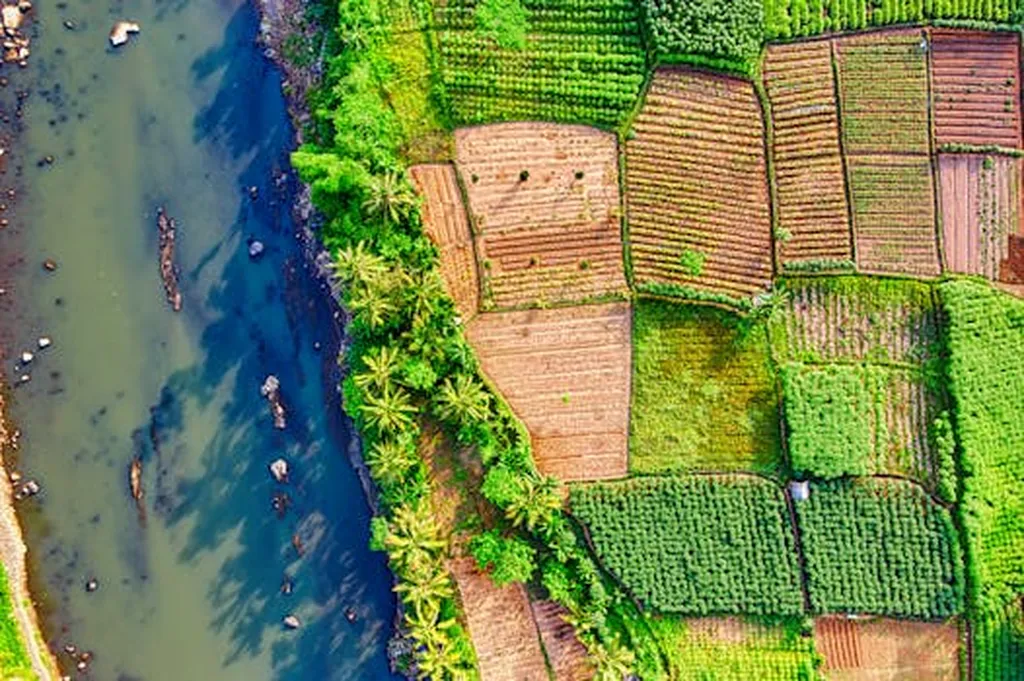In the heart of South Kalimantan, Indonesia, a pressing challenge threatens the agricultural productivity of peat soil areas: water stagnation and acidity accumulation. This issue is particularly acute in regions influenced by acid sulfate soil containing pyrite (FeS₂), which can have significant implications for both the environment and the energy sector. A recent study, led by Siti Rizkyna Noorsaly from the Civil Engineering and Architectural Design Course at Saga University’s Graduate School of Science and Engineering, sheds light on this problem and offers a path forward through smart water management strategies.
The study, published in the journal *Smart Construction and Sustainable Cities* (which translates to *Intelligent Construction and Sustainable Cities*), employed long-term smart water level monitoring to analyze sulfate and pH distribution and water flow patterns. By collecting water samples from multiple points along the primary, secondary, and tertiary irrigation channels, the research team measured sulfate and pH levels, providing a comprehensive picture of the water quality in these areas.
“Water velocity decreased with distance from the river mouth, leading to longer hydraulic retention times (13–66 hours) in downstream channels,” explained Noorsaly. This stagnation contributed to high sulfate accumulation (> 100 mg/L) and low pH (< 4), particularly in the tertiary channels. The findings underscore the importance of integrating smart field monitoring and flow modeling to mitigate acidification risks and support more sustainable irrigation strategies in peatland environments.The research utilized a simple water level gauge (SWLG) built from low-cost components, deployed from May to December 2024. The recorded tidal fluctuations served as boundary conditions for hydrodynamic modeling using the Hydrologic Engineering Center’s River Analysis System (HEC-RAS). This innovative approach not only provides a cost-effective solution but also highlights the potential for similar technologies to be implemented in other regions facing comparable challenges.The commercial impacts of this research are significant, particularly for the energy sector. Acid sulfate soil can negatively affect agricultural productivity, which in turn impacts the supply chain for bioenergy and other agricultural products. By addressing these issues, the study paves the way for more sustainable and efficient water management practices, ultimately supporting the energy sector's reliance on agricultural outputs."This research is a game-changer for the energy sector," said Noorsaly. "By integrating smart monitoring and modeling, we can mitigate the risks associated with acid sulfate soil and ensure a more stable supply of agricultural products for bioenergy production."The study's findings also have broader implications for the future of water management in peatland environments. By demonstrating the effectiveness of smart monitoring and hydrodynamic modeling, the research sets a precedent for similar initiatives in other regions. This could lead to the development of more resilient and sustainable irrigation systems, ultimately benefiting both the environment and the energy sector.As the world continues to grapple with the challenges of climate change and environmental degradation, innovative solutions like those presented in this study are crucial. By leveraging technology and data-driven approaches, we can create a more sustainable future for all.

